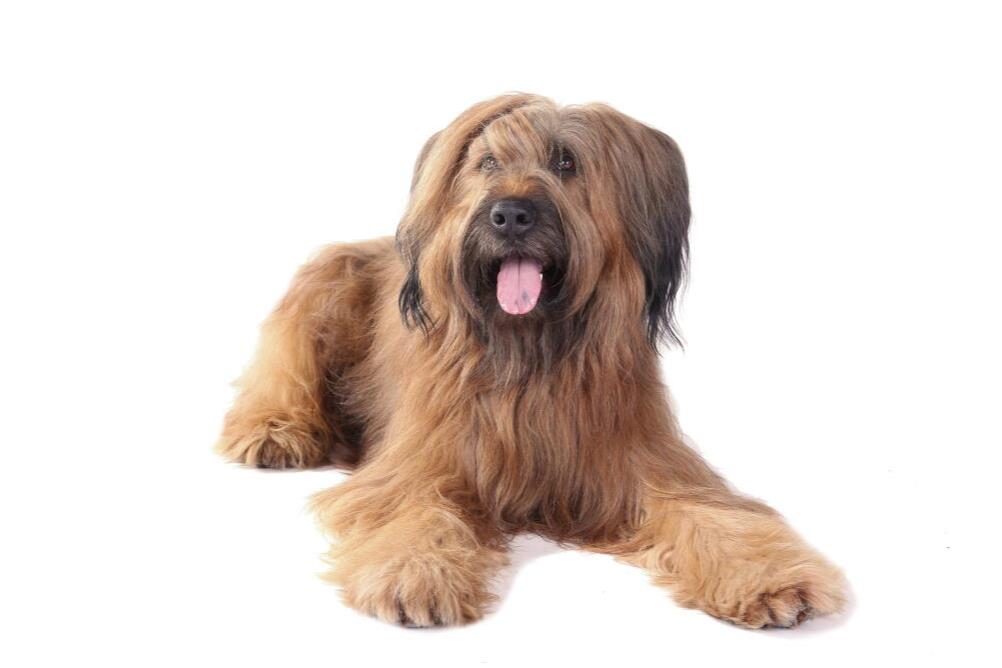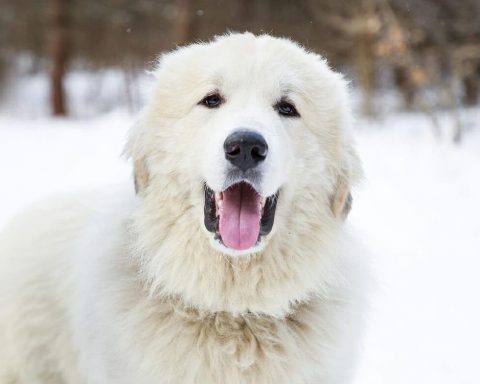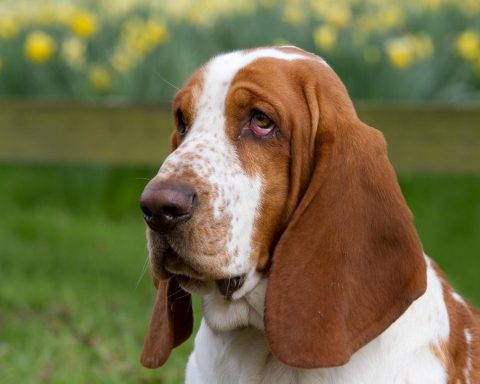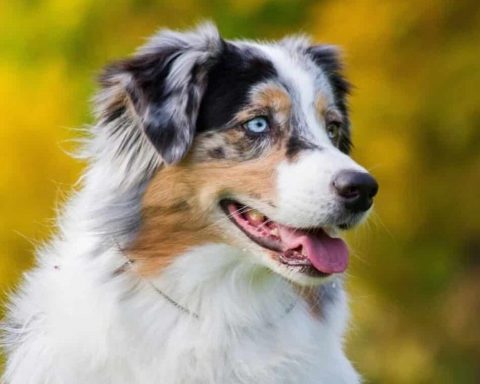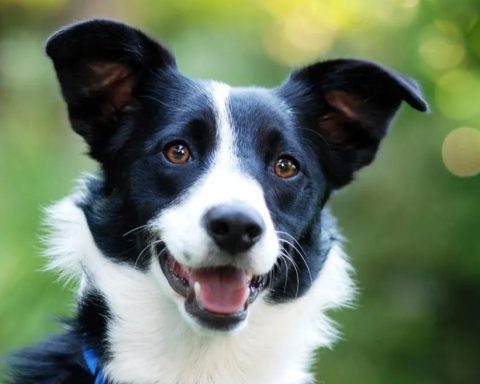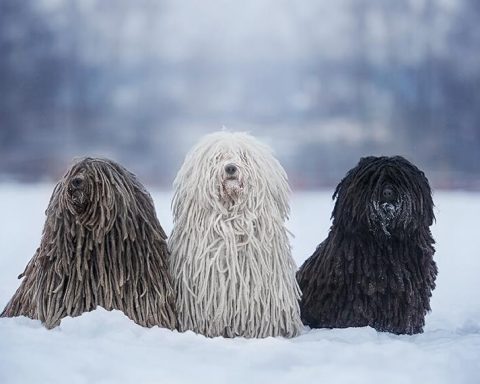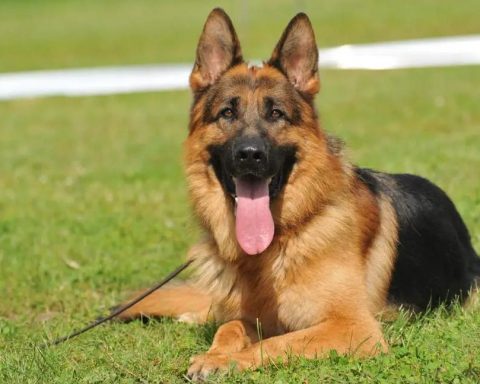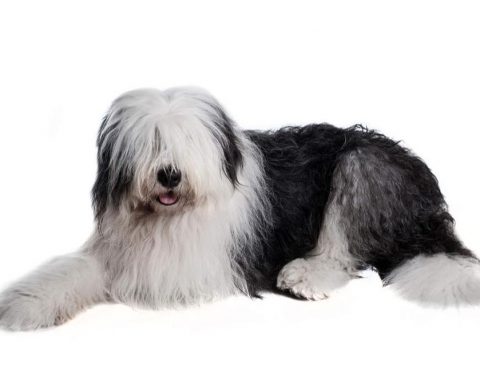Introduction to Briard
A handsome dog. Energetic and alert, strong but not rough, strong-boned and well-muscled, displaying the strength and agility necessary to be a sheepdog. A dog lacking these qualities will be penalized regardless of his coat.
Place of Origin
France
Body type
Size: males are 23 to 27 inches tall at the shoulder; females are 22 to 25.5 inches tall at the shoulder.
Out of shape: both males and females have shoulder heights below the bottom limit.
PROPORTIONAL: The body structure of the Berry is not that of the stumpy horse type, and the body length (the distance from the foremost part of the shoulder blade to the end of the hip) is equal to or slightly greater than the height at the withers. Females may be slightly longer.
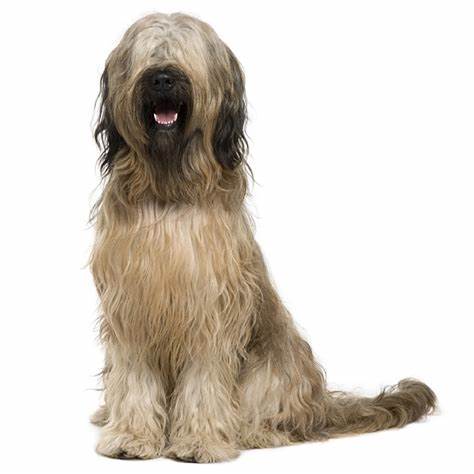
Head
The Borealis head gives the impression of being long, with plenty of width, but not bulky. The correct head length (length from the rear occipital bone to the nosepiece) is about 40% of shoulder height. A slightly longer head is not a defect, especially if the body is on the long side.
Viewed from above, from the front, or looking at the side profile, the head is covered with abundant hair and presents the impression of two rectangular surfaces joined together, equal in length but differing in width and height. These rectangles are formed by the head and muzzle together. The head forms a right angle to the neck and is held proudly and alertly.
The contours of the head are well defined and neat, with no protruding jaws, cheeks, under the eyes, or temples free of excess flab. Expression: the eyes are frank, questioning, and confident.
Eyes: The position of the eyes is relatively open, with the inner corner of the eye at the same level as the outer corner of the eye. Eyes are large, open and calm, never too narrow or slanted. Regardless of coat color, eyes are black or dark brown in color with well pigmented eyelid rims that are very dark. Failure: yellow eyes or discoloration within the eyes.
EARS: Ears are high in position with thick, sturdy roots. Ears that are positioned too low make the head look excessively domed. The natural length of the ears is about half the length of the head or slightly shorter, kept straight and covered by long hair. In their natural state, ears should not lie flat on the head; when alert, they will lift slightly and make the top of the head look square. If clipped, the ears should be perfectly erect and parallel, with special emphasis on being parallel to the head, and when alert, the ears will be turned towards the face with the ears open and covered with long hairs. The cropped ear is broad and long at the root of the ear, tapering to a point with rounded tips.
Muzzle: The muzzle is covered by a moustache and beard, slightly yo wider and forming a right angle shape at the end. The muzzle should not be too pointed or too narrow. The outline of the muzzle is parallel to that of the head, and the two parts are separated by a well-defined stop (in the neck: strong and perfectly formed.). The neck has a truncated conical shape and is well integrated with the shoulders. The muscles are very strong and of sufficient length.
Dorsal Line: The Berry is constructed with a very slightly sloping dorsal line that runs backward from the prominent horse’s shoulder rump and slopes slightly downward to a broad loin and hips with a straight back. The hips are well muscled and slightly sloping, forming a very perfectly rounded end. The backline is firm, neither swaying nor arching.
Body: The chest is broad and deep, the ribs moderately expanded and ovate, the ribs not too rounded. The sternum protrudes moderately in front and transitions gradually backward to reach the elbows in depth, giving the chest sufficient depth. The abdomen is moderately tucked up, but always with sufficient volume.
Tail: Unclipped, with feathery trimmed hairs, hooked at the end, drooping but neither twisted to the left nor to the right. When resting, the tail hangs down and extends to the fly, with a hooked end, resembling the letter “J” when viewed from the right. When in motion, the tail is raised in a graceful curve, but not higher than the dorsal plane (except for the hook at the end). Failure: no tail or clipped tail.
Forequarters
The scapulae are long and sloping, at a 45-degree angle to the horizontal. The scapulae are well muscled and extend smoothly to the rump of the horse’s shoulder.
Legs: The forelegs are muscular and strongly boned. When viewed from the side, the forelegs are perfectly perpendicular to the ground, except for the slightly angled stifle. When viewed from the front or rear, the front legs are straight and parallel to the centerline of the body, neither inward nor outward. The distance between the front legs is equal to the distance between the hind legs. The construction of the legs is of extreme importance to the dog in relation to its ability to work and to withstand fatigue.
WOLF CLAWS: The wolf claws on the forelegs can be removed or retained.
Foot claws: strong and round, slightly ovate. In locomotion, the paws move straight forward. Toes are sturdy, moderately rounded and compact. Foot pads are well developed, tight and flexible, covered with sturdy tissue.
The nails are always black and hard.
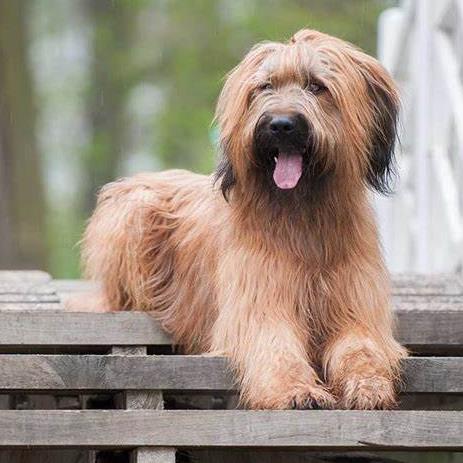
Hindquarters
The hindquarters are strong and supple, and move with little effort. The pelvis is tilted at an angle of 30 degrees to the horizontal and at right angles to the thigh bones.
Legs: viewed from the side, they are properly angled, with the metatarsals slightly inclined. The fly joints are at an angle of 135 degrees.
WOLF CLAWS: Each hind leg must have two wolf claws located lower on the leg, giving the foot claws a greater width. Sometimes the toenails may be completely broken. So a wolf paw without a one-finger-long nail of its own is not a defect. The ideal wolf paw gives the foot paw many additional features. Disqualification: 2 wolf paws missing on any hind leg (only one wolf paw or no wolf paw).
Foot Claw: A hind limb foot claw is correct if it is very slightly turned outward, but the fly joints and metatarsals are parallel to each other.
Coat
The outer cloak of hair is rough, hard, and dry (rubbing with two fingers makes a dry, harsh sound).
The hair lies flat on the body, hangs down at its natural length, is slightly wavy and gives off a healthy shine.
The shoulder hairs are about 6 inches or longer in length. The undercoat is fine, dense, and wraps the entire body.
The head is covered with hairs that lie flat, naturally parted from the center and drooping to the sides.
The eyebrows do not lie flat, but they extend outward in an arch, in a graceful curve, and cover the eyes.
The hairs should not be overly thick, as that would cover the head and block the eyes and vision.
Color
All single colors are allowed except white. Colors include black, varying depths of gray, and varying degrees of teal. Regardless of the color, darker colors are always preferred.
Combinations of two of the above colors are also permitted, provided they are not stained and there is a gradual transition from one color to the other, with symmetry of colors.
There is only one condition in which the presence of white is permitted: white hairs scattered throughout all the coat, or white stains on the chest not exceeding one inch in diameter (white at the root of the hair).
Disqualifications: white coat, stains in the coat, and white stains on the chest that are more than one inch in diameter.
Gait
The correctly constructed Berryhound has a surprising amount of suppleness. His movement can be described as “fluid”, with the ability to make sudden turns, bounce starts, and sudden stops, all of which fulfill the requirements of a sheepdog.
His gait is supple and light, like a huge cat. His gait gives the impression of gliding without touching the ground at all. As a sheepdog, his gait is powerful and supple. In addition to running at a fast pace and tracking individually, he sometimes darts and often needs to change speeds for complete work.
He is harmoniously, sturdily and strongly built for long hours of work. An awkward or ungraceful gait is a defect.
Temperament
He is an affectionate animal, warm and active
Intelligent and courageous, never timid
Intelligent and easy to train
Loyal.
Gentle and obedient
The Border Collie has a very good memory and is eager to please his master.
He is largely inherited from his ancestors: protective of his master and his family. Although reserved with strangers, he is friendly and loyal to those he knows well.
May show slightly more self-reliance.
Out of Character
- Shoulder height below the lowest limit in both males and females.
- Yellow eyes or colored spots within the eyes.
- Noseglasses of any color except black.
- Tailless or clipped tail.
- White coat.
- Coat stained.
- White stains on chest more than one inch in diameter.
